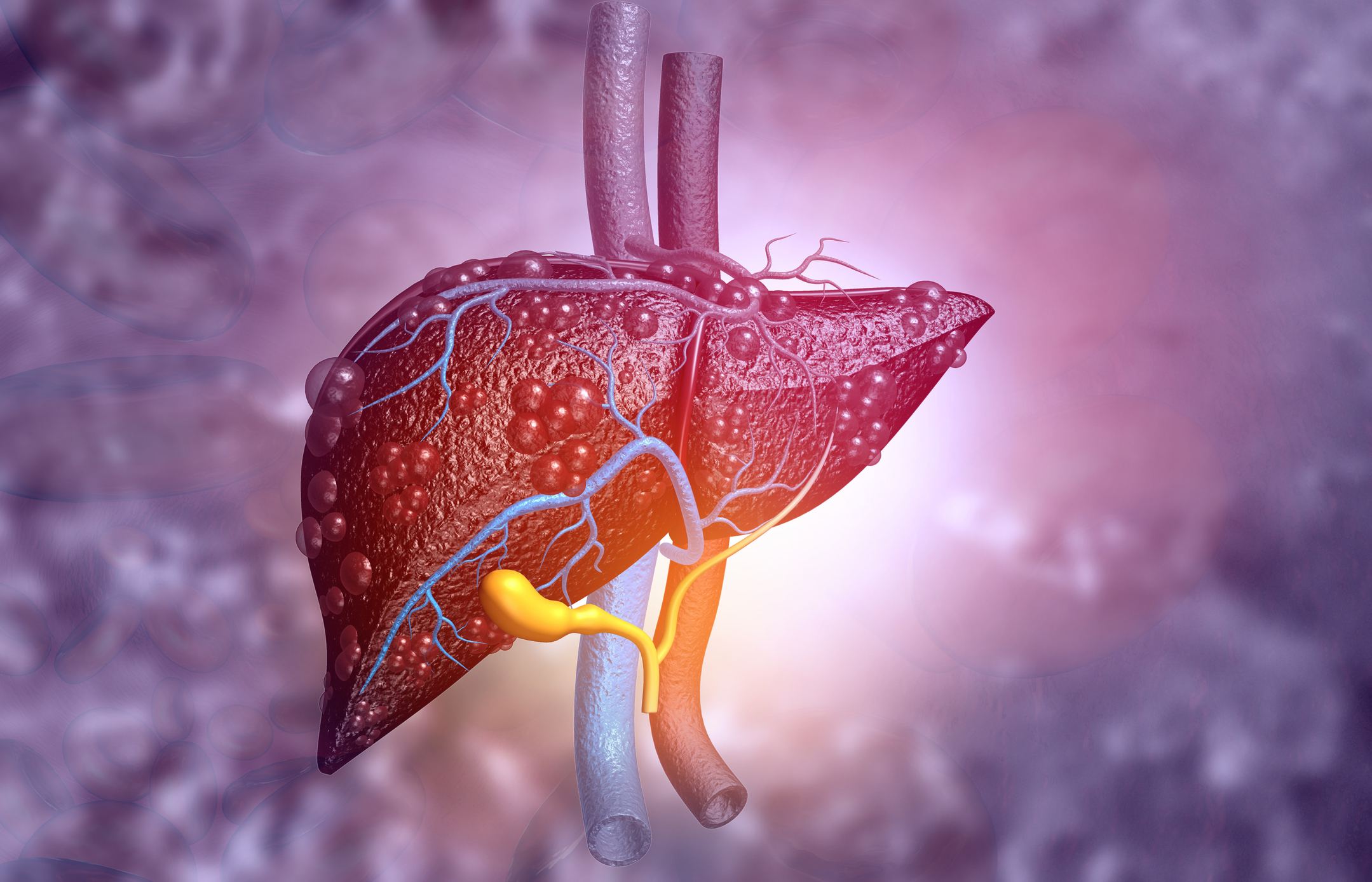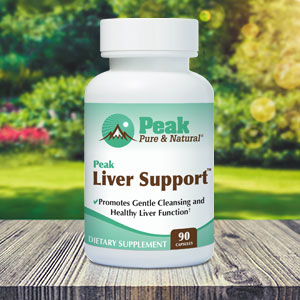Get Easy Health Digest™ in your inbox and don’t miss a thing when you subscribe today. Plus, get the free bonus report, Mother Nature’s Tips, Tricks and Remedies for Cholesterol, Blood Pressure & Blood Sugar as my way of saying welcome to the community!
The natural ingredient that resists fatty liver disease

About 25 percent of Americans have non-alcoholic fatty liver disease (NAFLD), a condition caused by a buildup of more than normal amounts of fat in the liver.
Having high cholesterol, high blood pressure, prediabetes, type 2 diabetes or being overweight can increase the risk of the disease.
A majority of people with NAFLD have simple fatty liver, a condition where there’s fat in the liver but little or no inflammation or damage to liver cells. This form typically does not progress to liver damage.
However, a small number of NAFLD sufferers have nonalcoholic steatohepatitis (NASH), a more severe form in which the liver is swollen or inflamed and there is liver cell damage. This can cause fibrosis or scarring of the liver.
In addition to leading to severe liver diseases, NAFLD can contribute to other conditions like type 2 diabetes and cardiovascular disease.
Because there is no medicine approved to treat NAFLD, doctors usually recommend exercise and changes to diet to alleviate it. But there’s one recently discovered dietary change that may prove particularly effective in combating NAFLD…
Resistant starch may be the key
Previous studies have indicated that NAFLD may be linked with a disrupted gut microbiota since the gut bacteria profile of people with early-stage NAFLD is already altered. This prompted a team of international researchers to investigate if resistant starch can help treat NAFLD.
Resistant starch is a type of fiber that’s non-digestible and ferments in the large intestine. Because of this, it encourages the growth of beneficial bacteria in the gut.
Roughly 200 NAFLD patients participated in the study and were put on a dietary plan designed by a nutritionist. Out of those patients, 100 also received a resistant starch powder derived from maize while the other 100 were given a non-resistant corn starch as a control. Both supplements had the same number of calories.
The participants were told to drink 20 grams of the starch supplement mixed with 300 mL water (or 1 ¼ cups) twice a day before meals for four months.
When that time was up and the participants evaluated, those who received the resistant starch supplement saw a 40 percent reduction in their liver triglyceride levels compared to those in the control group. They also experienced lower liver enzymes and inflammatory factors associated with NAFLD. These benefits stood even when statistically adjusted for weight loss.
The researchers also analyzed fecal samples and found the resistant starch group’s microbiota was different in composition and functionality from the control group’s microbiota. Specifically, the resistant starch group had a lower level of Bacteroides stercoris, a species that can affect fat metabolism in the liver through its metabolites.
According to the researchers, there is a strong link between the reduction in B. stercoris and the decrease in liver triglyceride content, liver enzymes and metabolites.
The team transplanted fecal microbiota from the resistant starch patients to mice fed a high-fat, high-cholesterol diet. These mice demonstrated a significant reduction in liver weight and liver triglyceride levels and an improved grade in liver tissue compared with mice transplanted with microbiota from the control group.
Getting resistant starch in your diet
Huating Li, the paper’s co-corresponding author at Shanghai Sixth People’s Hospital, says these results indicate a new intervention for NAFLD that’s effective, affordable and sustainable.
“Compared with strenuous exercise or weight loss treatment, adding resistant starch to a normal and balanced diet is much easier for people to follow through,” Li says.
Getting resistant starch in your diet is pretty easy. Here are some foods that contain resistant starch:
- Plantains and green bananas. As a banana ripens, the starch changes from resistant to regular starch.
- Beans, peas, and lentils, with white beans and lentils being highest in resistant starch.
- Whole grains, including oats and barley.
- Cooked and cooled rice, potatoes or pasta.
That last one may seem strange, but it’s because the amount of resistant starch in some foods changes when it’s exposed to heat. Oats, green bananas and plantains lose some of their resistant starch when they’re cooked.
However, another type of resistant starch is made when certain foods are cooked and cooled. That’s why cooked rice that’s been cooled is higher in resistant starch than rice that’s eaten just after it has been cooked.
The best way to maintain the level of resistant starch in rice is to cook it a day in advance and cool it in the refrigerator overnight. After that, it’s okay to reheat the starch before eating, since reheating doesn’t decrease the amount of resistant starch present in the cooked and cooled rice.
When it comes to oats, rather than cooking them, try soaking uncooked oats in yogurt, milk or nondairy milk and refrigerate them overnight for a tasty breakfast the next day.
Another interesting way to add resistant starch to your diet is to try sprinkling your food with one to two teaspoons of green banana flour, plantain flour or cassava flour. Keep in mind that if you bake or cook with these flours, resistant starch will be lost.
Editor’s note: Are you feeling unusually tired? You may think this is normal aging, but the problem could be your master hormone. When it’s not working, your risk of age-related diseases skyrockets. To reset what many call “the trigger for all disease” and live better, longer, click here to discover The Insulin Factor: How to Repair Your Body’s Master Controller and Conquer Chronic Disease!
Sources:
Resistant starch supplement reduces liver triglycerides in people with fatty liver disease — EurekAlert!
Resistant starch decreases intrahepatic triglycerides in patients with NAFLD via gut microbiome alterations — Cell Metabolism
What Is Resistant Starch? — The Johns Hopkins Patient Guide to Diabetes














